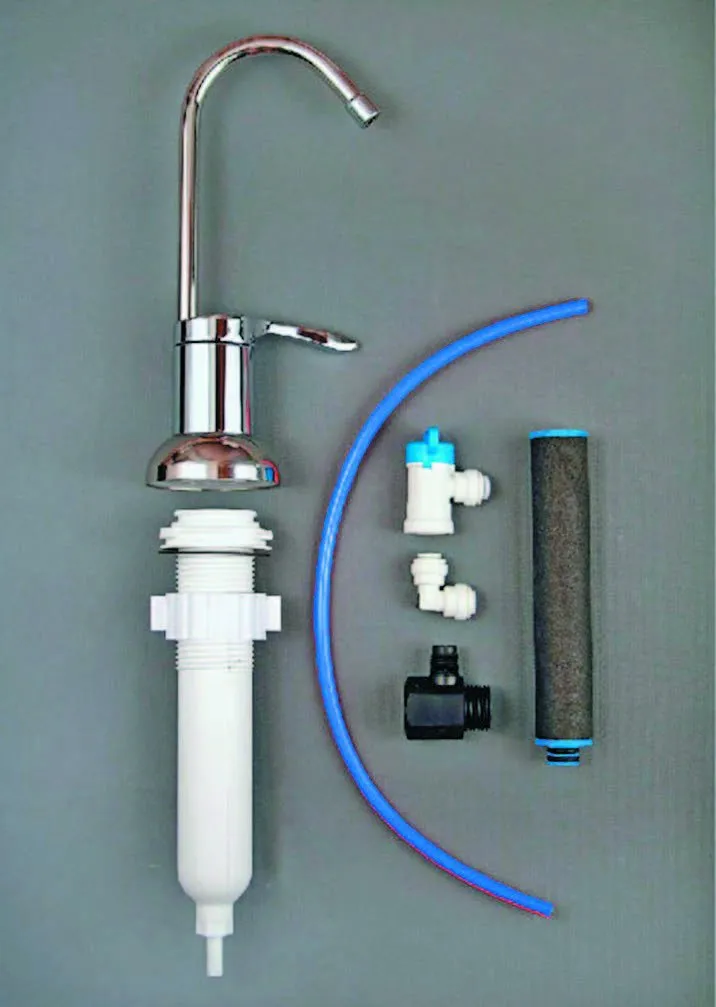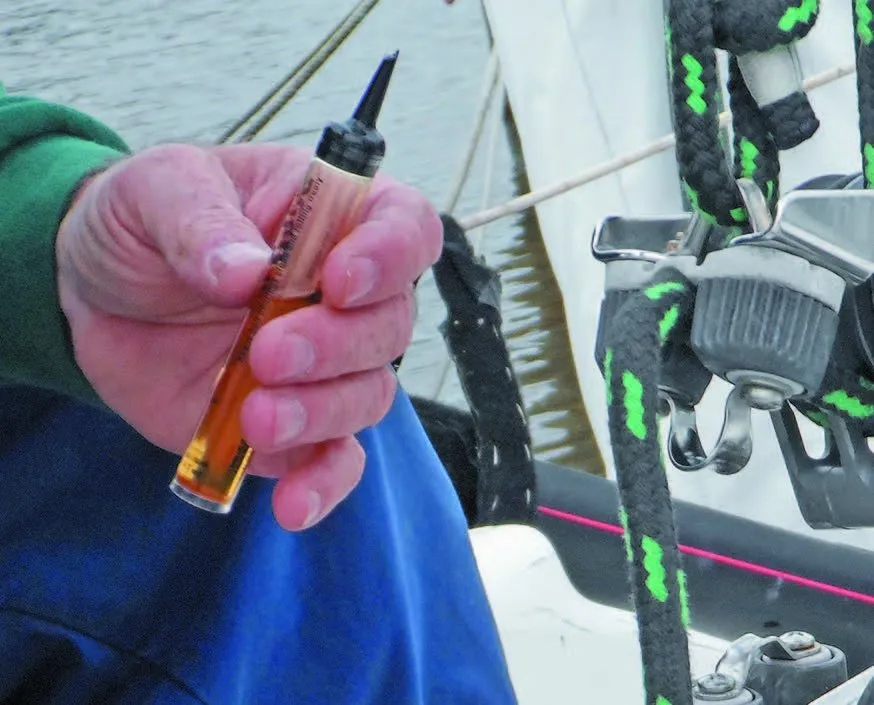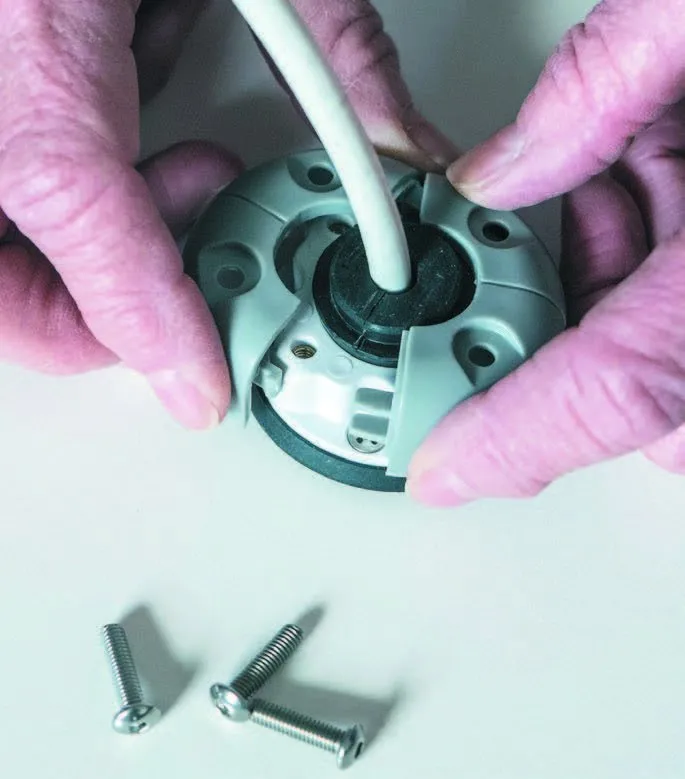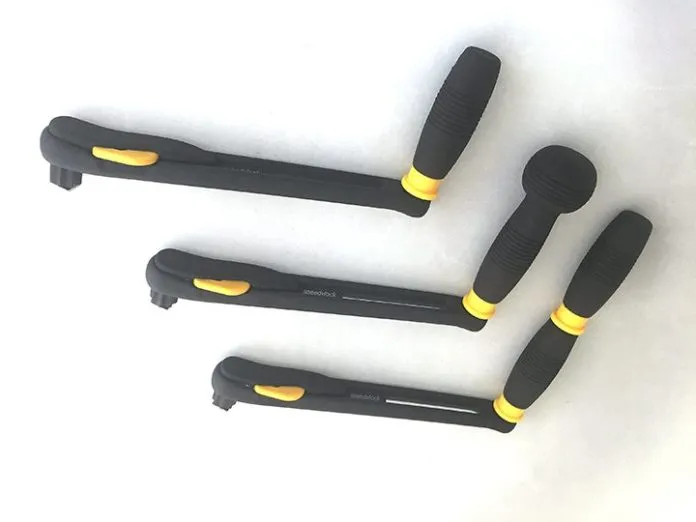No one really wants just practical gifts, so we’ve tried to locate a few items that go beyond pure utility for this holiday season.
The eco-enthusiast in your family might appreciate the Solavore Sport, a simple solar cooker that really works. Its outer shell is a molded black plastic, double-walled container surrounding an inner chamber lined with aluminum that’s painted black. Between the layers of plastic is an inch and a quarter of foil-lined, closed-cell foam. When cooking, the clear lid is fastened over the oven box by way of six steel clips permanently hung on the lip of the box.
The device comes with two two-quart pots and lids. Also included is a simple thermometer, a user guide with recipes as well as a SportWapi, which indicates when water has been heated sufficiently long to achieve pasteurization. Removable metal reflectors for intensifying the heat and a zippered nylon carrying case are options.
Cooking with the Solavore Sport is much like cooking in a Crock-Pot. The device won’t grill and it won’t get hot enough to boil liquids, but it will do most other cooking, including baking bread.

PS tested the device by first cooking sweet potatoes, which we did for nine hours (simply out of convenience) on a late winter day. The thermometer registered 225 degrees after 35 minutes in the sun and the potatoes turned out tender and warm even though it was nearly dark by the time we retrieved the pot.
Subsequent tests taught us that some items don’t work well with the set-it-and-forget-it approach to cooking suggested by the user guide. The rice PS cooked was mushy after being left for five hours (the user guide suggests just under two hours). On subsequent tests, we cooked cornbread, chicken breasts and brussels sprouts and witnessed a top temperature of 270 degrees F (with the reflectors deployed) when the outside air temperature was 87 degrees.
Though tough to stow, (27 x 12 x 17 inches) the Solavore Sport would certainly be handy for liveaboards and cruisers inhabiting the warm, sunnier latitudes. It offers simplicity and the convenience of preparing meals in the morning and returning to them fully cooked in the evening.

Forespar Purewater+
Two of the most common complaints of sailors are limited space under the counter and bad tasting tank water. The Forespar Purewater+ is a clever step towards solving both problems.
Although the unit extends below the countertop, it needs only a 1 3/8-inch x 7 -inch space located directly under the tap with no additional filter module. Second, it is serviced from above the counter, making annual filter changes a breeze. Finally, a choice of filter cartridges are available: 5 micron and enhanced 0.5 micron. Both are Water Quality Federation certified to reduce chlorine (the forte of carbon filters) and organics.
Though not specifically certified for this use, 0.5 micron filters generally remove >99% of cysts, including giardia and cryptosporidium, which are about 4-14 microns. They are not effective on bacteria (0.5-1 microns) or viruses (0.15-0.3 microns), but these are easily killed by chlorine, either in the municipal water you fill with or by adding about 1 teaspoon of household bleach per 50 gallons of good water (more for suspect water). The carbon block filter will easily remove this bleach addition. Wed choose the 0.5-micron filter for a counter-top filter every time.

One drop Mclube
The conventional wisdom and common recommendation for plastic (Delrin and Torlon) ball bearings found in most blocks, travelers, and furlers, has long been to give them a regular flush with fresh water, or an occasional spray with a dry lube if improved efficiency was desired-but no wet lubricants.
But in 2008 Harken engineers found that the build-up of dry lubricant was making the race surface too slick and the bearings would slide instead of roll. Enter McLube, a light oil that we know is safe for plastic bearings-and easily fits in a Christmas stocking.
First, clean the track to remove grit and old lubricant. Next, apply just one or two drops of McLube OneDrop to each side of the track and spread it around the balls and track by sliding back and forth a few times. It will soak into the surface, where it will provide just the right amount of rolling friction to prevent skidding. Wipe off any excess, since too much surface residue will attract dirt. Typically this will last through most of a season, but applying 2-3 times is fine.
Most new Harken ball bearing products are not factory lubricated because it is not needed (certain high-load products are pre-lubed). However, over time most bearings will run a little more smoothly with a few drops applied.

PYI Retrofit Cable Gland
Cruising sailors like electronic gadgets. Radar, AIS, and GPS, which brings the need to run cables between above-deck and below-deck devices. We previously looked at finely machined cable gland from Scanstrut (PS, January 2011), good for new installations, but what about existing wires that you don’t want to pull out and re-run through the deck?
PYIs Seaview Retrofit Cable Gland takes the same basic design and makes it easier to retrofit. The Seaview has a gasket for a waterproof seal on the deck, a base, rubber plug, and a two-piece cover which acts as a compression piece and can be clipped together to fit over existing wires before being seated in place.
Initial installation is simple because only the base and the gasket have to be screwed into the deck. The only one-armed paper hanger part of this is keeping two pieces of gasket together while setting the screws, particularly difficult on vertical surfaces.
You will need to drill a hole in the rubber plug that forms the watertight seal around the cable. Seaviews kit includes three sizes of sharpened steel cutting tubes, an improvement over conventional drill bits which tend to bind. Seaview sells a second cable gland that can accommodate larger cables or cable bundles.
At around $20, Retrofit Cable Glands are similar in price to the conventional cable glands from Blue Sea Systems and Scanstrut.
Antal Speedylock
We were still printing black and white when we last dove deeply into the topic of winch handles-but not a whole lot has changed since then (see Winch Handles, April 15, 2004). The biggest change has been an improved trigger mechanism for unlocking the handle from the winch. The simple thumb trigger has been eclipsed by other methods.
Back in 2007, we first wrote about the Lewmar OneTouch, which has a push-button trigger that runs the length of the handle arm, allowing users to grab anywhere on the arm to release or set the locking mechanism. Nothing is fast enough or light enough for some sailors, so we weren’t surprised when Italian hardware maker Antal came out with their own quick-release mechanism, which it called the Speedylock.
The high-density plastic trigger on the side of the winch delivers a quick positive release. Other features like Delrin bearings in the handle and a sleek anodized aluminum handle give it the requisite Italian flare. It comes in one size: 250 mm (10 inches), and three different grips are available: the single, the double and a ball-grip. It is also available without the trigger. While the Antal version requires a bit more dexterity to activate as the Lewmar trigger, the Speedylocks refinements will appeal to the sailor with an eye for aesthetics.


































